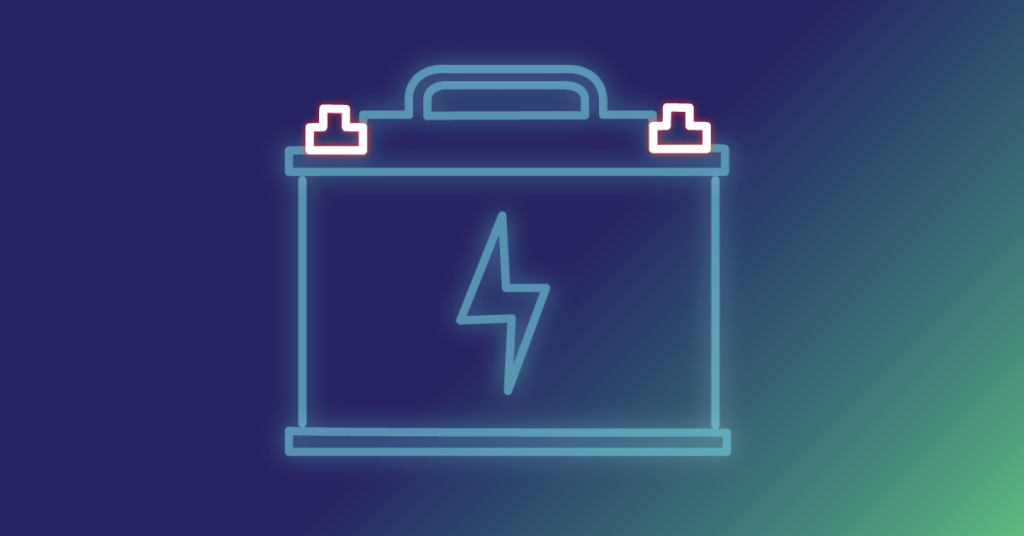In this blog, James Derby, FPS Chief Engineer Electrical Systems talks about a common eLCV issue and how FPS works with customers to tackle it. This follows recent Fleet News coverage of the issue Warning over 12-volt battery on electric vans ‘suddenly’ draining (fleetnews.co.uk)

12V battery failures are something that we regularly see across our customers’ eLCV fleets. It happens to all eLCV vehicles. In our experience, the speed at which this happens essentially is determined by four factors:
- number of stops;
- how long the vehicle is left idle;
- additional battery loads; and
- how heavily the vehicle’s heating or A/C is utilised.
So what is the cause?
The answer is relatively straightforward: the DC-DC responsible for charging the 12V battery does not have the capacity to recharge in all scenarios:
- for example, if the heating or A/C is fully on, then the 12V battery will not recharge at all;
- an obvious point, but one worth reiterating, is the fact that the vehicle does not charge when stopped;
- to compound this, though, most vehicles have telematic loggers that run even when the vehicle is stopped.
Hence, a perfect storm is created, whereby the vehicle 12V battery is insufficiently charged and excessively discharged simultaneously. Add vehicle cameras into the mix and 12V battery failure can become inevitable.
Is this a known issue?
Inherently, the answer is yes. The problem has been reported to manufacturers. Vehicle technical manuals even indicate scenarios in which the 12 volt battery is not recharged. Even by how much. Technical bulletins have also been issued advising against adding non-OEM loads to the 12V battery, for example cameras and telematics systems.
What is the answer?
There are a number of steps that FPS has implemented to resolve the issue for customers:
- Regular battery change-out intervals. We suggest a maximum interval of 12 months. However, this measure only reduces the volume of battery failures.
- If the vehicle is to be left idle for longer than 3 days, we generally recommend disconnecting the 12V battery.
- If cameras are utilised within the vehicle, we recommend reducing the over-run period to the minimum allowed. In our experience, 15mins tends to work well.
- If the vehicle contains an ePTO DC-DC, then an additional isolated output can be added to “top up” and support the 12V battery.
- FPS has developed an ePTO DC-DC solution specifically for fridge loads. An isolated output for 12V battery “top-up” is available as an option.
- A battery monitoring system can be fitted to the 12V battery to monitor charging balance and voltage:
- FPS has developed a battery health monitoring system that monitors charging balance and voltage in real time to provide battery health status.
Aside from supplying the vehicle with an adequately sized DC-DC and battery, there is no silver bullet to resolving the issue. However, a combination of the above measures can be implemented to mitigate and manage the issue.
James Derby, Chief Engineer, Electrical Systems is part of the Flexible Power System’s team of engineers, physicists and data scientists addressing EV fleet transition for commercial fleets. An expert in power electronics and machines, James has 20+ years’ experience in product development, manufacturing and applications engineering in the alternative energy and energy storage sectors.
